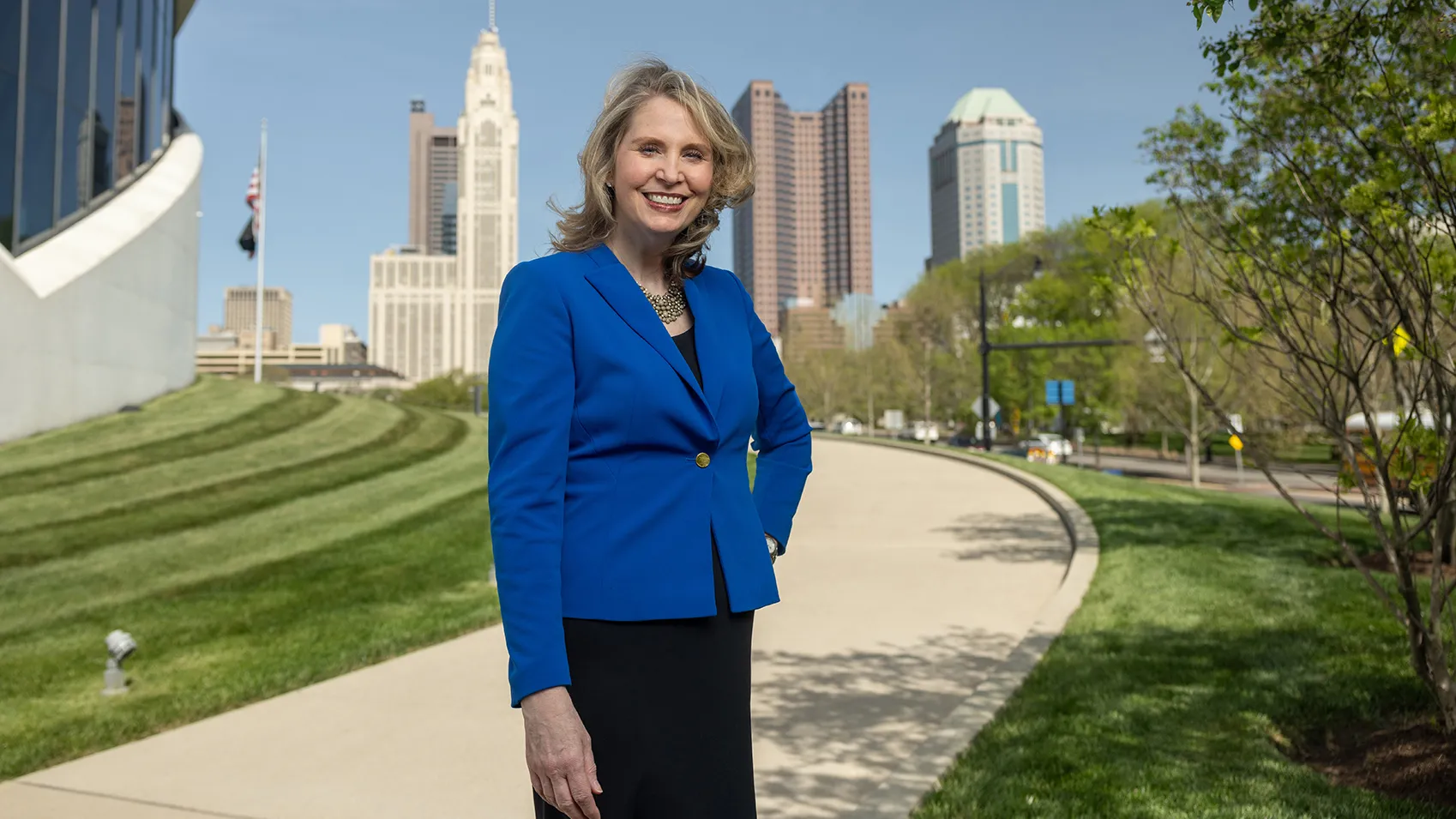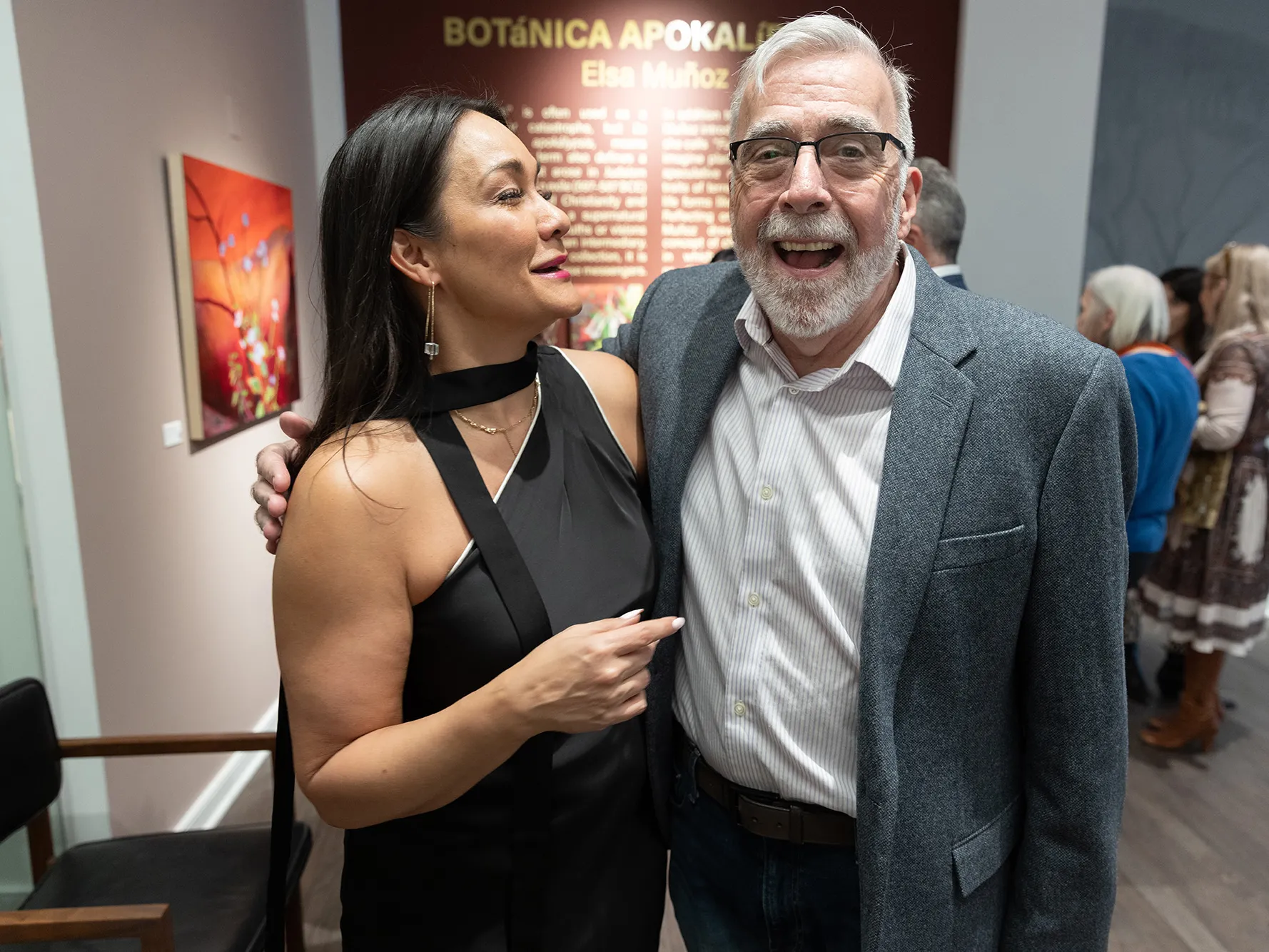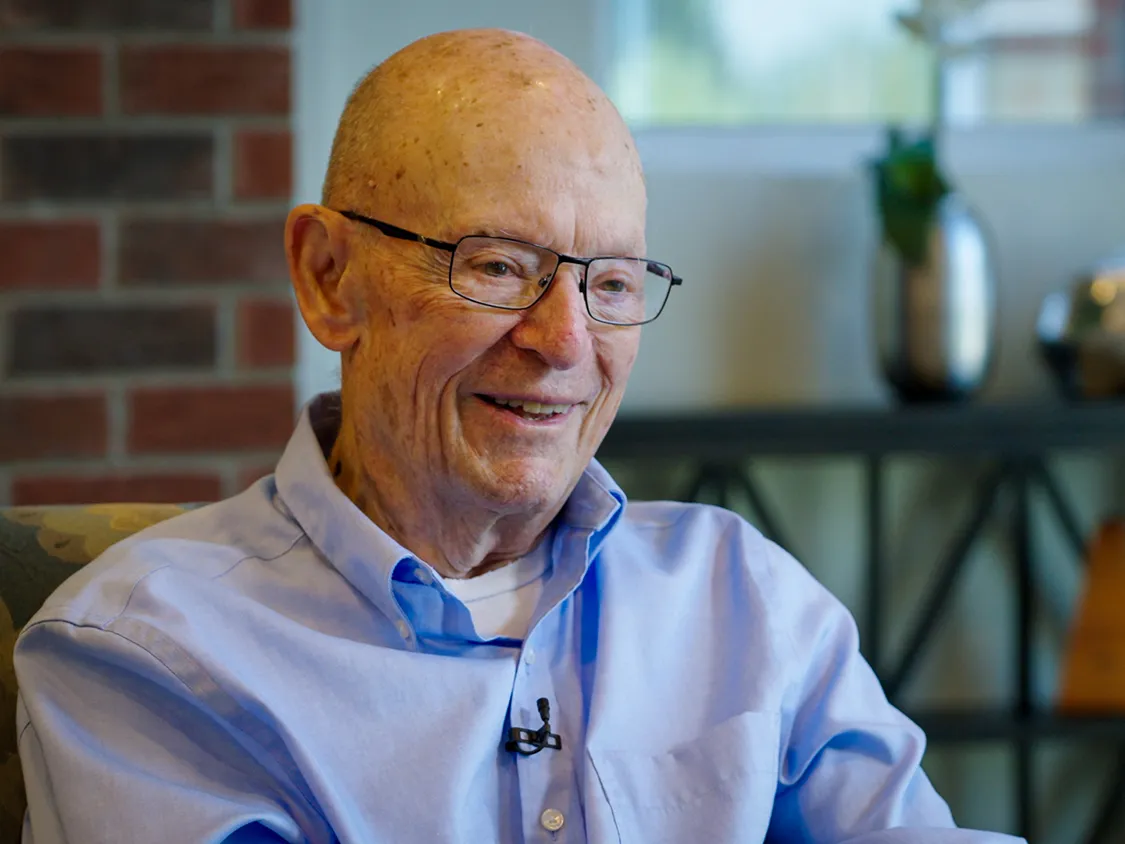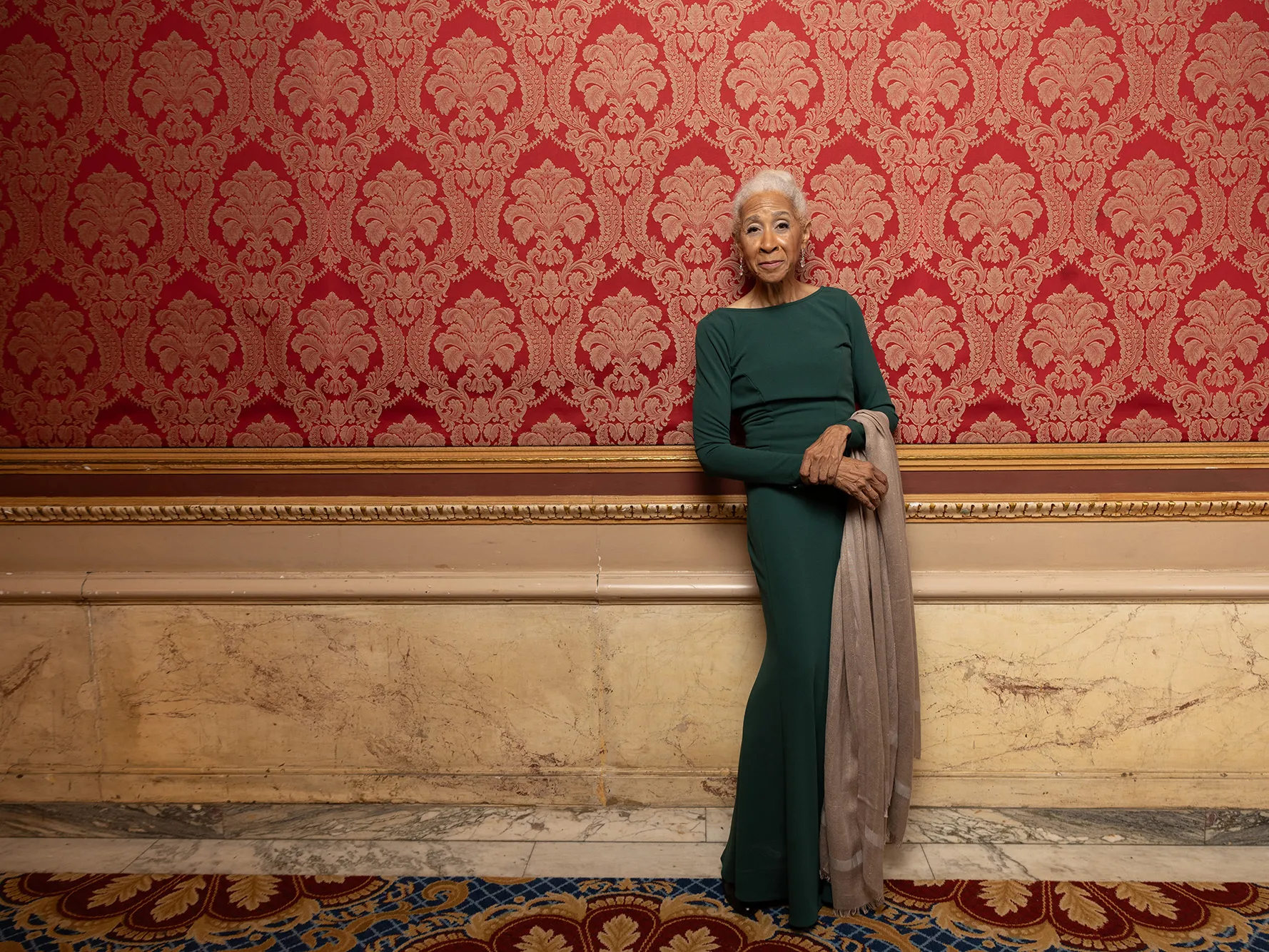“There is nothing more powerful than an idea whose time has come,” says Amy Edwards Taylor ’94, ’99 MPA. Since joining the development nonprofit Downtown Columbus in 2007, Taylor has transformed timely ideas into $500 million worth of projects that have dramatically reshaped the landscape of Columbus’ downtown. Once known as the home of office buildings, City Center Mall, historic theatres and not much else, those 5 square miles are undergoing a renaissance of culture and commerce.
It isn’t work she originally expected to do. As an Ohio State undergraduate, Taylor dreamed of becoming an English professor before discovering a passion for public service. She launched her career in communications and fundraising at the American Lung Association while earning a master’s degree in public policy and management, a program she credits with teaching her the nuts and bolts of raising capital, creating budgets, building teams and managing complex projects. “At Ohio State, I had the advantage of learning from experienced practitioners who brought their work into the classroom.”
Over time, she became that practitioner. She spent the late 1990s and early 2000s building her public sector experience at the city of Dublin and Franklin County before embarking on the role of a lifetime at Downtown Columbus, eventually becoming the president of the private nonprofit organization. The award-winning Scioto Mile, one of the first major projects she worked on, created a 145-acre network of parks and trails along the Scioto River in 2011. Columbus Commons opened the same year, replacing a declining shopping mall with open space for free concerts, events, food trucks and holiday displays. The next 15 years saw the acceleration of revitalization with the development of the Scioto Greenways multiuse trail, the National Veterans Memorial and Museum, the Lazarus Building and more.
Greg Davies ’92, CEO of Downtown Columbus, calls Taylor the “driving force” behind these projects. “No idea is too big for Amy, but she is also a doer,” he says. “She finds solutions rather than coming up with reasons not to do something.”
But even the most popular, well-formed idea takes years of grit and collaboration to realize. Taylor jokes that she is the only person excited by the sight of orange cones and road closures. “Progress can be painful,” she says. “If you’re looking for quick wins, this is not the career path for you.”
In her line of work, playing the long game means looking 15 or 20 years down the road. Taking thousands of community comments into account, Taylor spearheaded the launch of the current Downtown Strategic Plan in 2022. The plan outlines a set of ambitious metrics to reach by 2040: 40,000 residents, 120,000 workers and 10 million annual visitors.
“The community told us in broad strokes what they wanted to accomplish, and our job was to interpret it,” Taylor says. One complaint she hears frequently is that downtown is full of disjointed, disconnected assets. Enter the Capital Line, a 2-mile urban pathway that will weave around the Columbus Commons, Ohio Statehouse, COSI and other area landmarks. Like the Atlanta Beltline or New York’s High Line, the Capital Line will bring a curated collection of public art and space to enjoy to cyclists and pedestrians.
Other components of the plan include knocking down barriers to entry for aspiring retailers, partnering with the Columbus Division of Police to enhance safety measures, and building a “software alley” in the Peninsula, a burgeoning mixed-use district on the west bank of the Scioto River.
None of these wins will come easily. Before the COVID-19 pandemic, Taylor’s primary focus was on building downtown’s residential population to match its population of workers. Then the workers disappeared overnight. Five years later, return-to-office policies are just starting to bring them back. And while downtown crime rates are significantly lower than the national average, lingering stereotypes still deter some potential visitors and residents.
Taylor is propelled forward by the conviction that places have the power to change lives—an idea that has powerfully resonated with students enrolled in Managing Public Organizations, a class she has taught at the Glenn College since 2013. Nicholas Stefanik ’10, ’16 MPA, a former student of Taylor’s, joined Downtown Columbus after he graduated. In Taylor, he found a leader who embodies the Buckeye spirit of innovation. “She is constantly researching ideas from around the world and looking at what might work in our context,” he says. “Under her leadership, Downtown Columbus is a better place for everyone who experiences it.”





